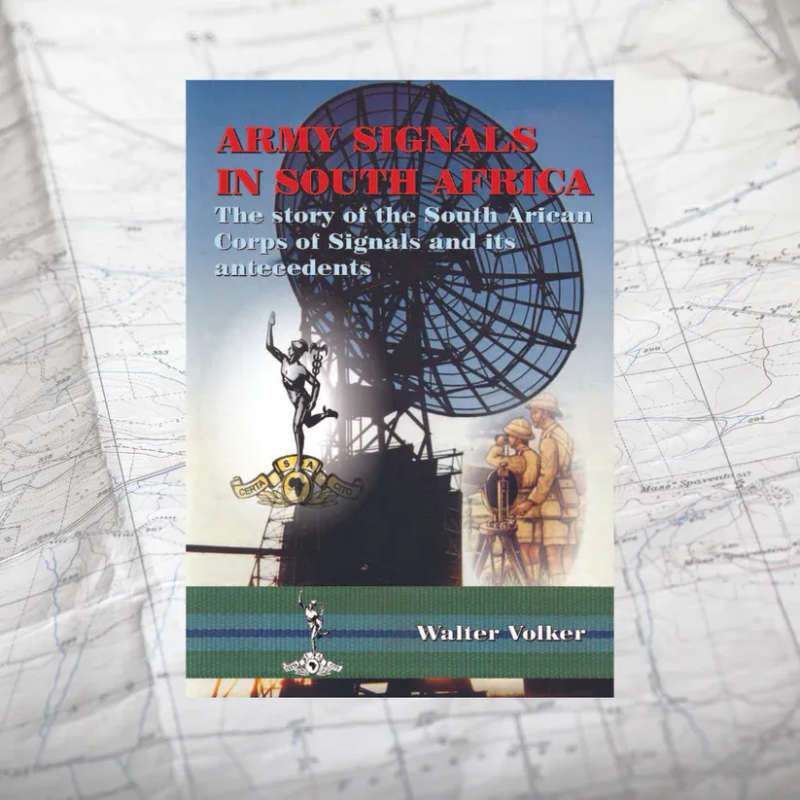
Army Signals In Southern Africa : Walter Volker Vol 3
Check my rate
| Main centres: | 1-3 business days |
| Regional areas: | 3-4 business days |
| Remote areas: | 3-5 business days |

| Main centres: | 1-3 business days |
| Regional areas: | 3-4 business days |
| Remote areas: | 3-5 business days |
The third of the trilogy is ¬タリ9C ¬タモ Nine Charlie! ARMY SIGNALLERS IN THE FIELD. The Story of the Men and Women of the South African Corps of Signals, and their Equipment¬タル, and as its title suggests is focused on the contribution of the people who dedicated their efforts, careers, and even sometimes lives, to ensuring one of the most effective army signals organisations on the globe.
It is estimated that over the decades of its existence over 100 000 signallers were part of the South African Corps of Signals, while many more were affected directly or indirectly by its activities. ¬タワ9C¬タン refers to the standard call-sign of the Signals Officer ¬タモ who would play a key role during operations, but also in times of peace. This work also focuses on the equipment that was used by the signallers ¬タモ the vehicles, the radios, the systems and networks. The equipment vendors that played such a crucial role in the success of this organisation, as well as made a contribution to the flourishing of the electronics industry in South Africa, despite comprehensive sanctions and trade embargoes, are also reviewed. Some of the major projects that the SA Corps of Signals was involved in, and which became part of the common language in the army ¬タモ Ebbehout, Netor, Bowie, Marnet ¬タモ are also covered in detail. This book also contains a section of the role of signals in the Southern Oceans and Antarctica.
As is the case with the preceding two volumes, this is also impressive work of epic proportions, and will most probably prove to be the book of reference on army signals in South Africa. This volume is a also primarily a compilation mainly of new material never before published or accessible to the general public, large parts which have come from verbal recollections, rather than documentation. It is the result of thorough and meticulous research, including over two hundred personal interviews, stretching over a period of many years. Interviewees range from a number of generals to the lowest troop, to ensure a level of authenticity and reality in all aspects of this history. The result of including numerous personal accounts sprinkled throughout the pages of the book is that the history literally comes alive and creates a sense of personal experience and interest, rather than just a record of dry facts. The author/compiler has also gone to pains in ensuring names and places are mentioned wherever possibly, not just dates and events ¬タモ again this serves to give the account a greater level of human interest.
What makes this a worthwhile addition to the library of any student of military history, is the fact that the signals/communications role is relevant to almost every part of the military machine; as a consequence it provides a good overview of operational aspects as well as behind-the-scenes developments in terms of Electronic Warfare. The innovations and inventions that were necessary as a result of South Africa¬タルs isolation during recent decades are also well covered.